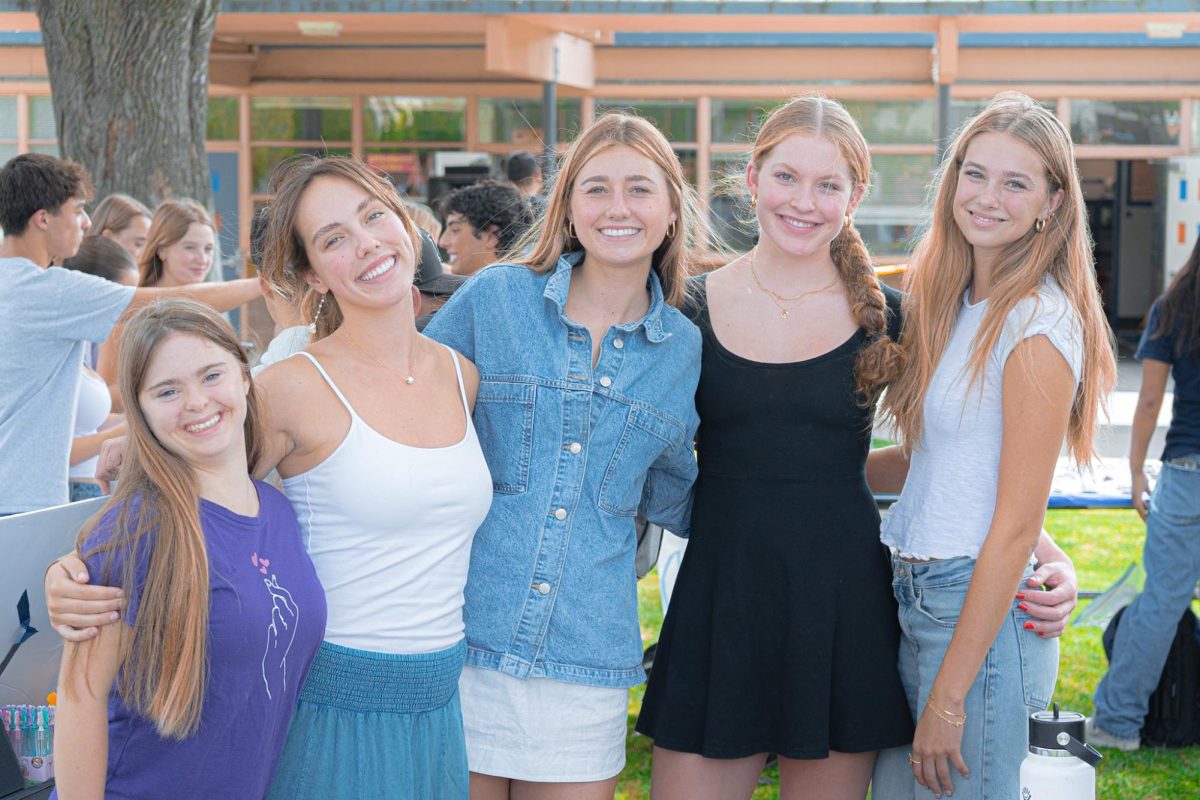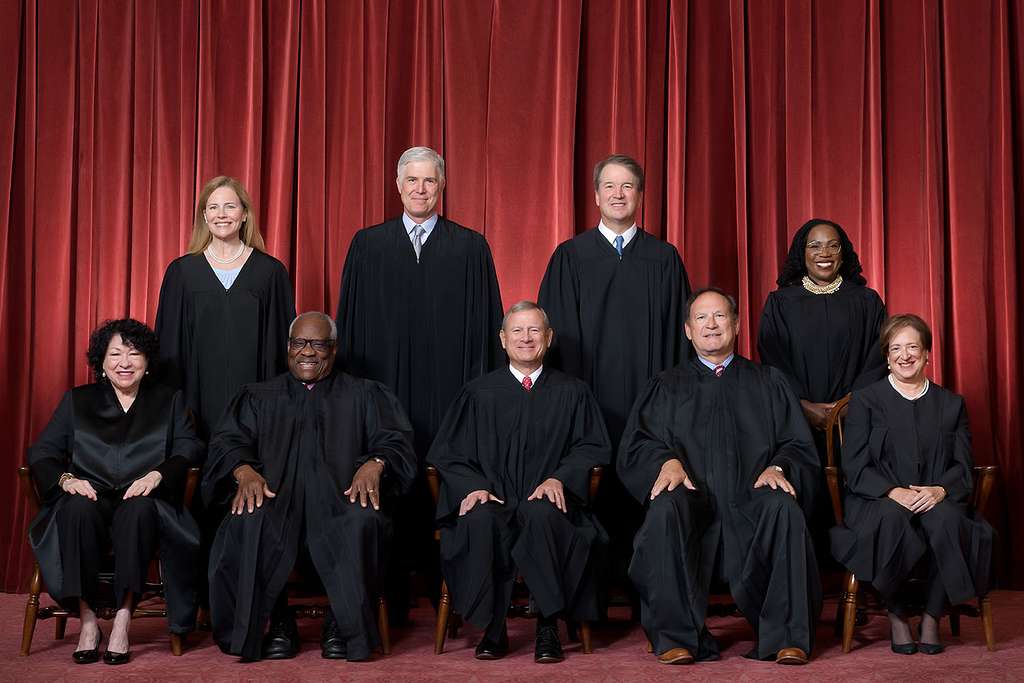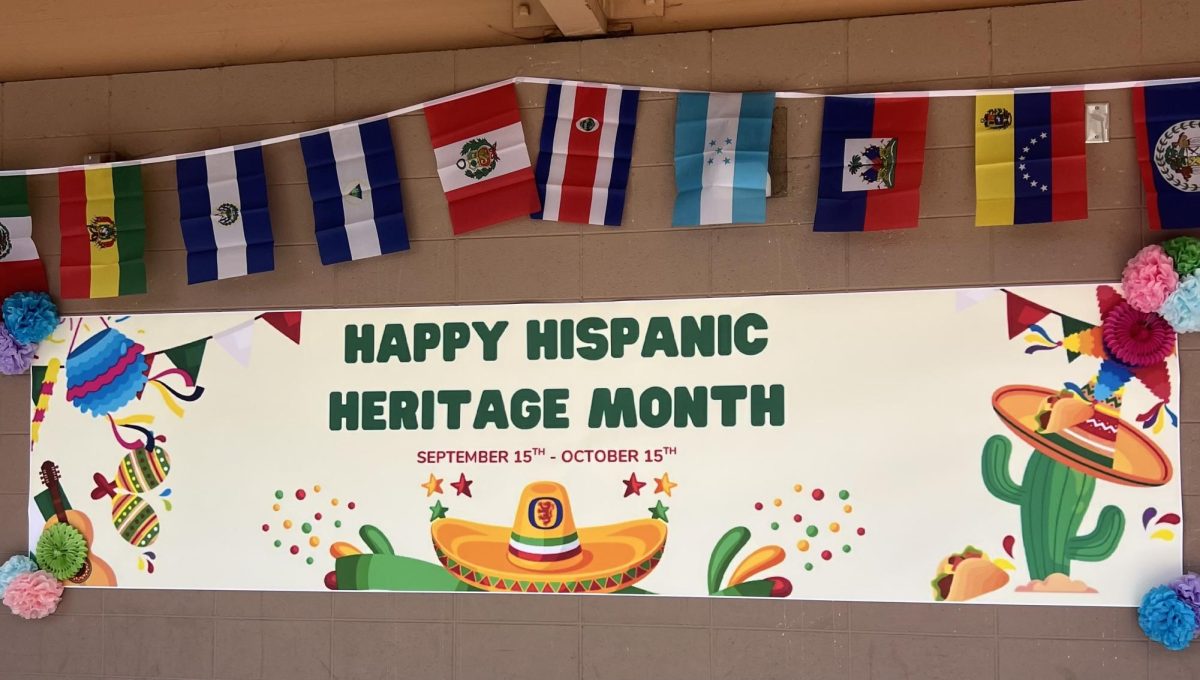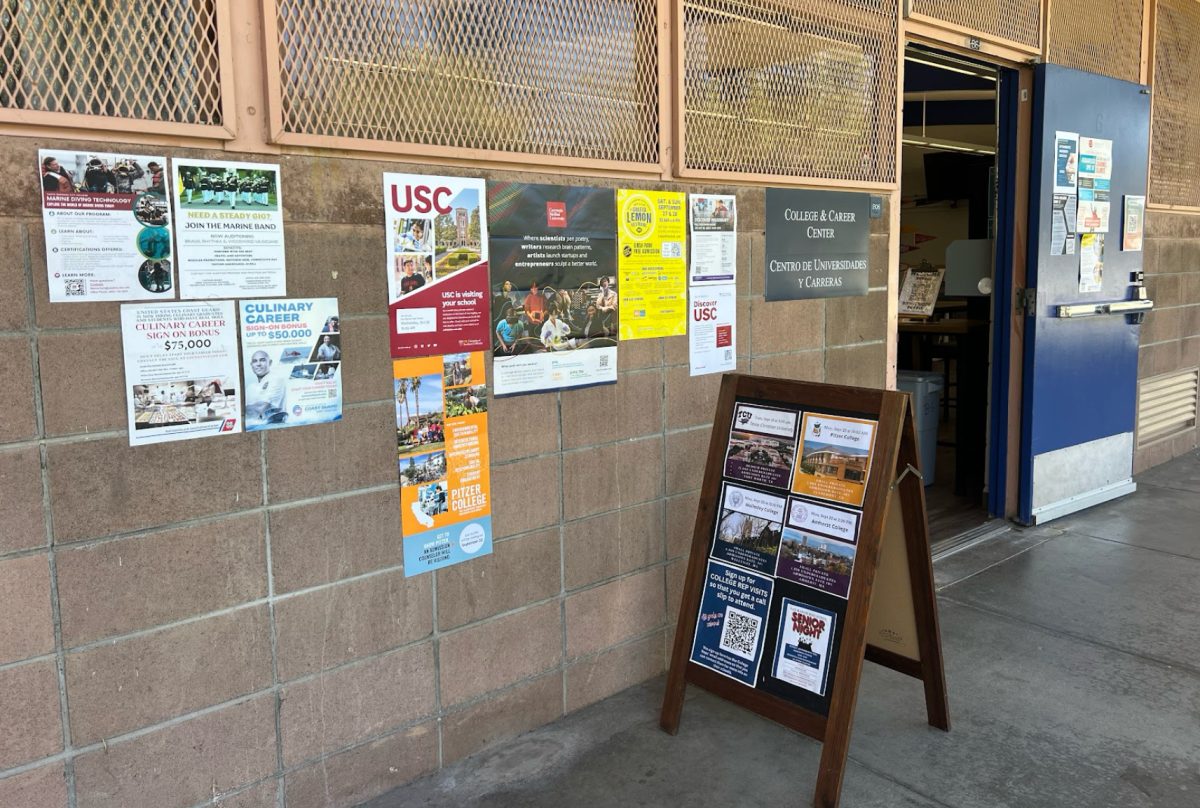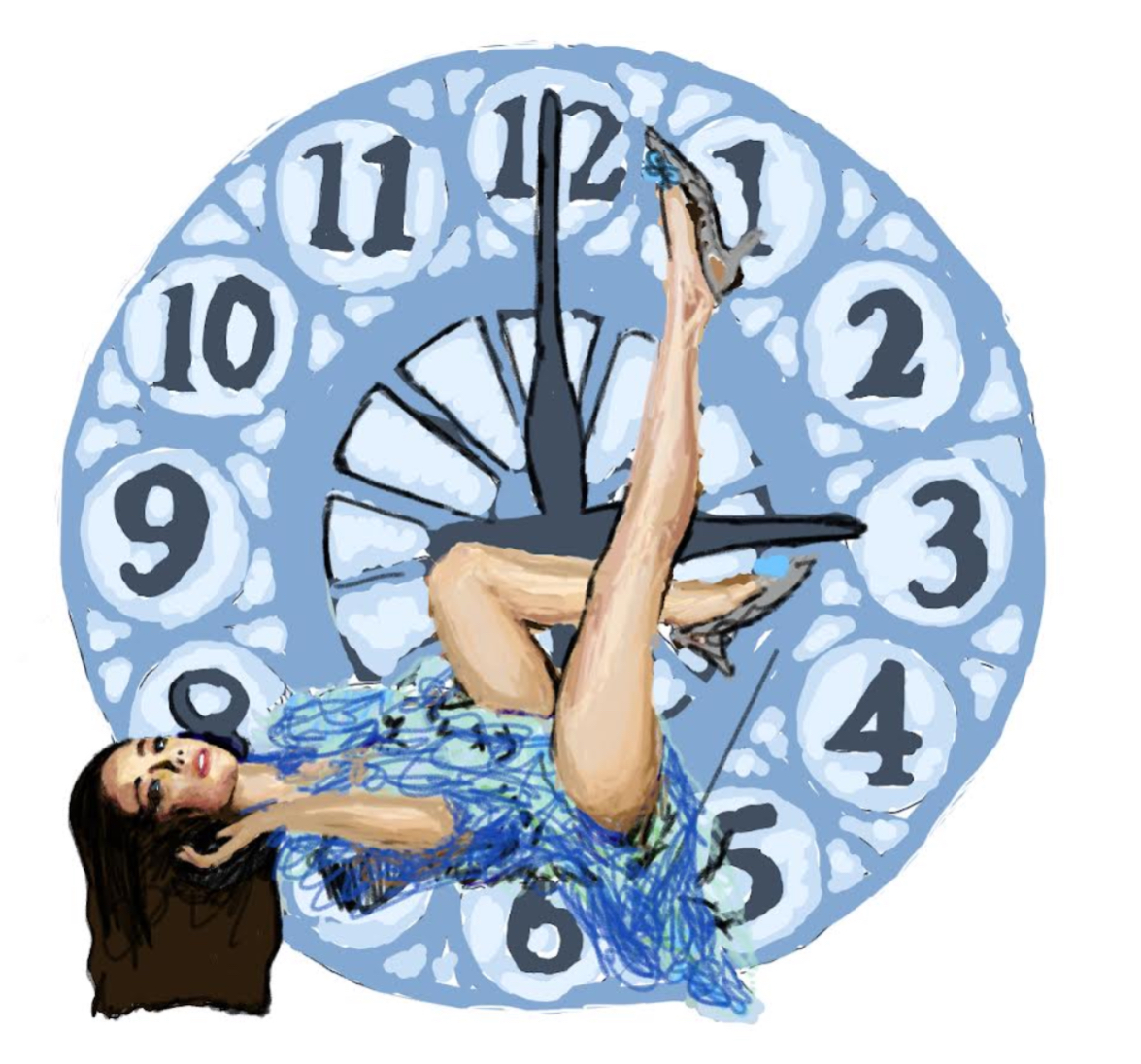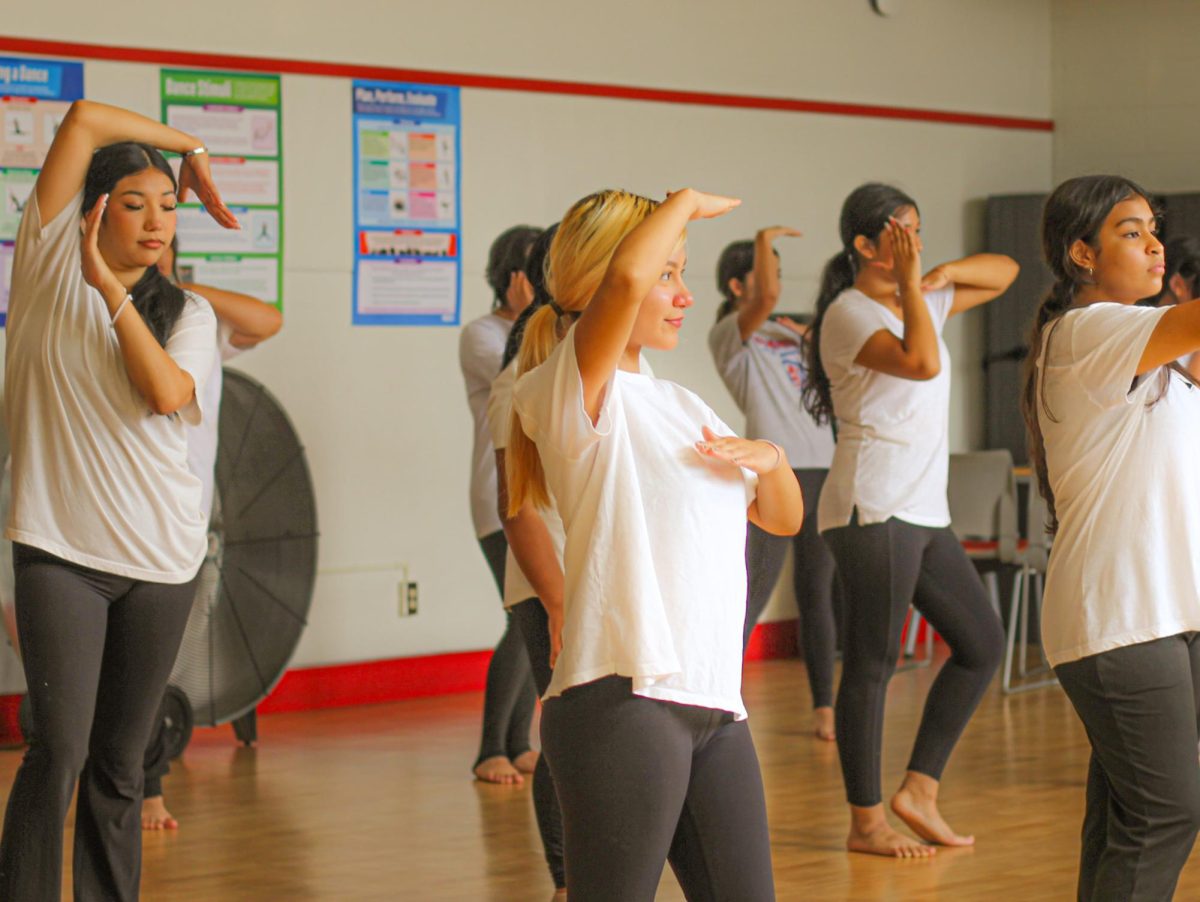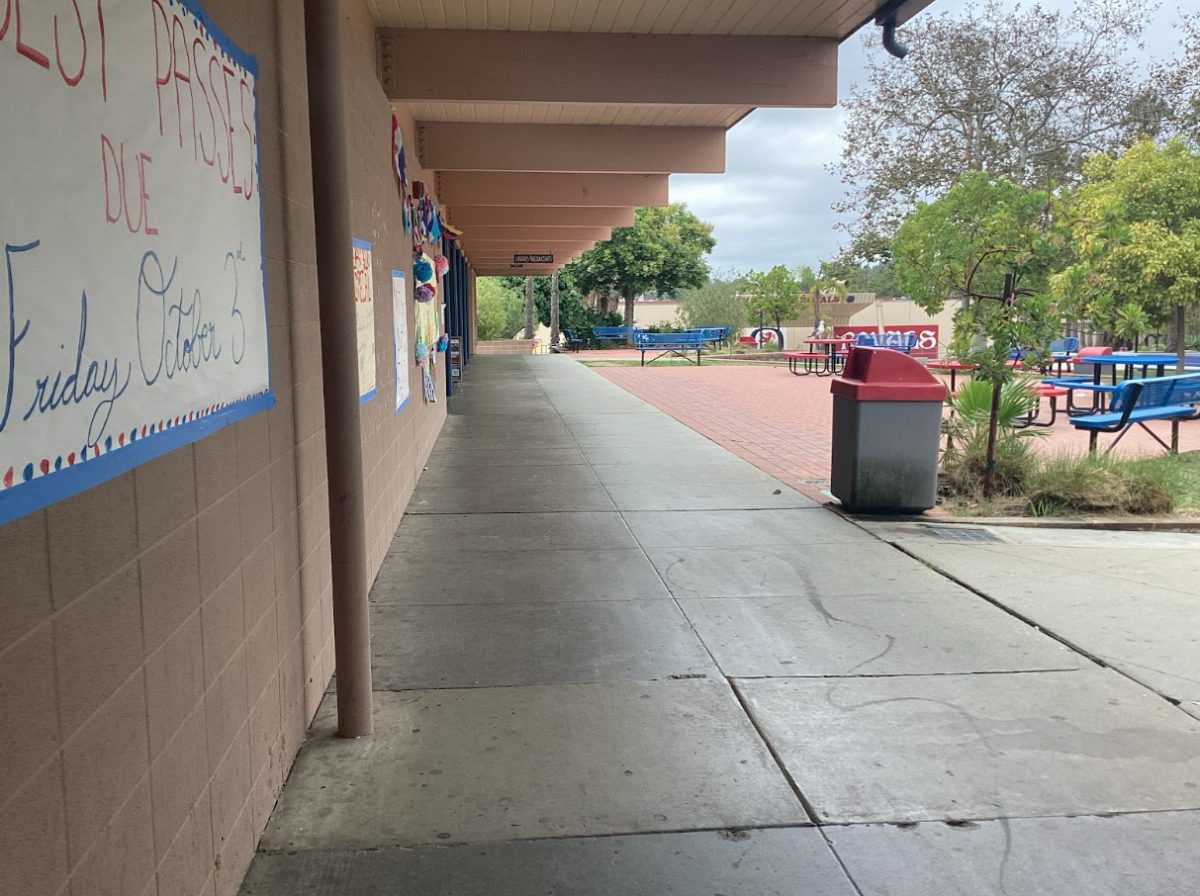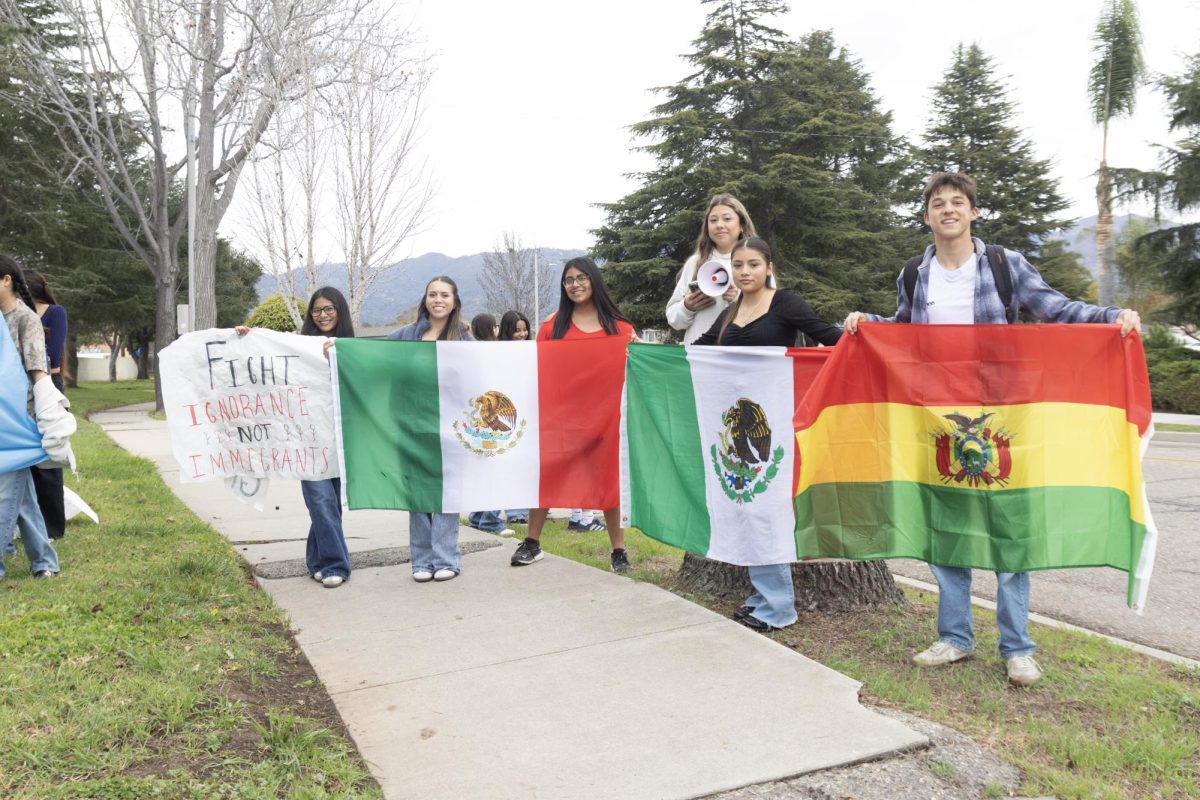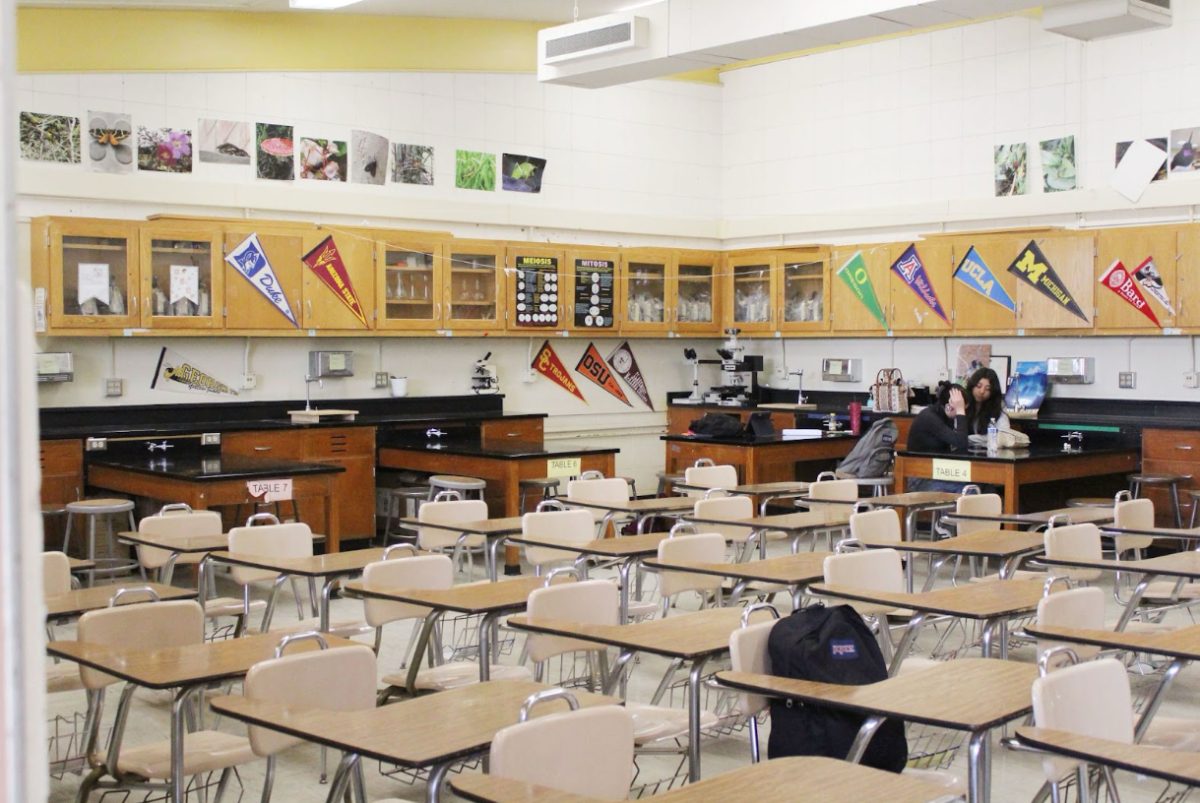Daylight Saving Time (DST) has been going on since the early 1960’s in the United States. This year’s Daylight Time began on Sunday, March 13th at 2:00AM. Clocks were set one hour forward. Daylight Saving Time will soon end on Sunday, November 6th at 2:00AM. Over the past years, Americans across the country have been debating whether we should change our clocks at all. According to Forbes Editorial Values And Standards, in March 2022 the U.S. Senate passed the Sunshine Protection Act, which would mean that states would be on daylight saving time all year long. Which is great news to some people, but others might not be too happy with this.
Daylight savings makes it difficult for people to adjust to the sudden change in time. It can also be hard to get used to how early or late the sun sets and rises. Another problem is waking up when people have work or school in the mornings because of when the sun comes out. The morning is not the only problem, so are the late afternoon hours since it gets dark really early and that can interfere with afternoon activities such as sports, walking your dog, etc.
Daylight savings is rarely something that people are excited about, it is something people either feel indifferent about or are stressed about. People also have to worry about setting all of their clocks either an hour forward or back one hour. Having to prepare and do all of these things is not enjoyable to do, especially if you are a busy person with other important things to do. DST is just adding another interference into our lives every year.
Taylor Bronson, a freshman at San Marcos, has a different perspective on daylight savings, “I actually really like it since I’m able to wake up for school and it will be bright out. It is good that it gets dark early so it will be easier to sleep earlier if there is work or school the next morning. I also like how it gets bright later because I can stay up with my friends while it’s somewhat bright out. Overall, daylight savings gives us two different times of the year for us to enjoy!”
According to FiveThirtyEight, a Monmouth University poll conducted March 10-14 found that only 35 percent of Americans wanted to keep resetting their clocks every fall and spring, while a YouGov poll conducted March 16 found that 59 percent of Americans wanted to see daylight saving time made permanent.
All in all, most people dislike daylight savings and would rather not have a time change at all. This is due to the fact that people dislike when it is dark earlier and some people have trouble adjusting to this sudden change, among other factors.

